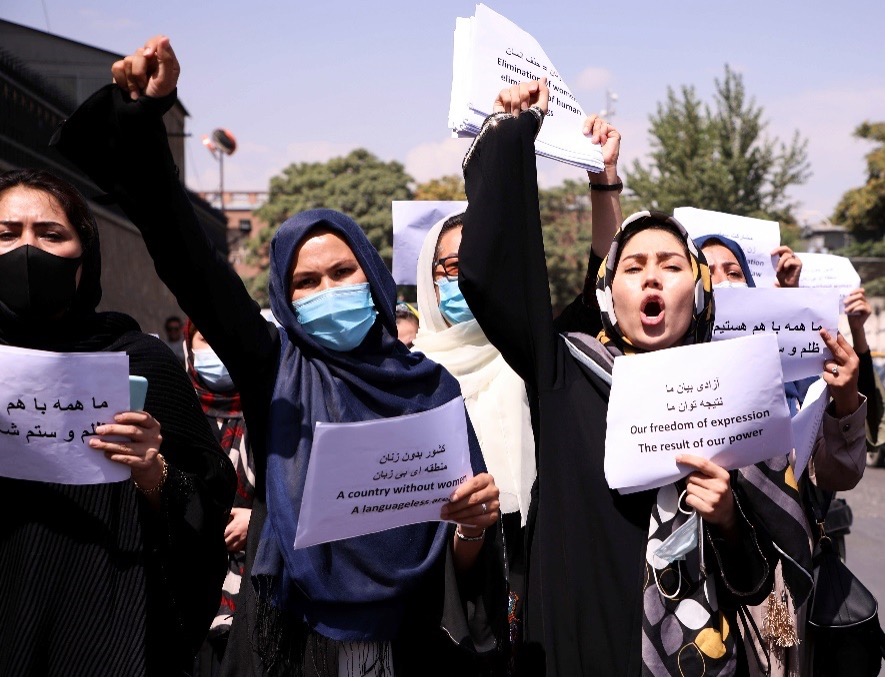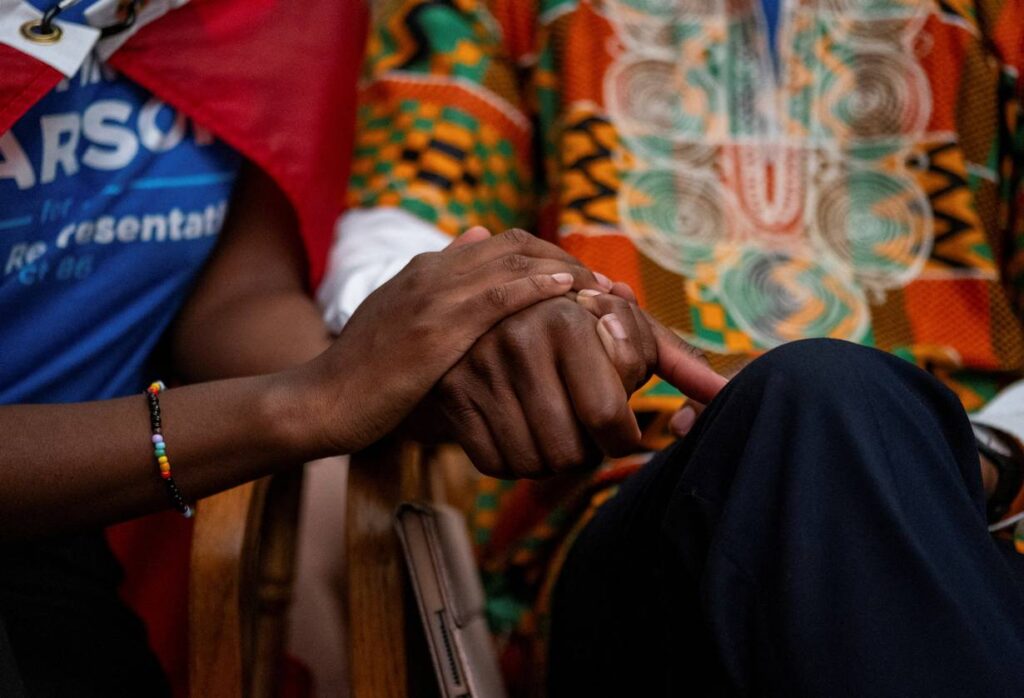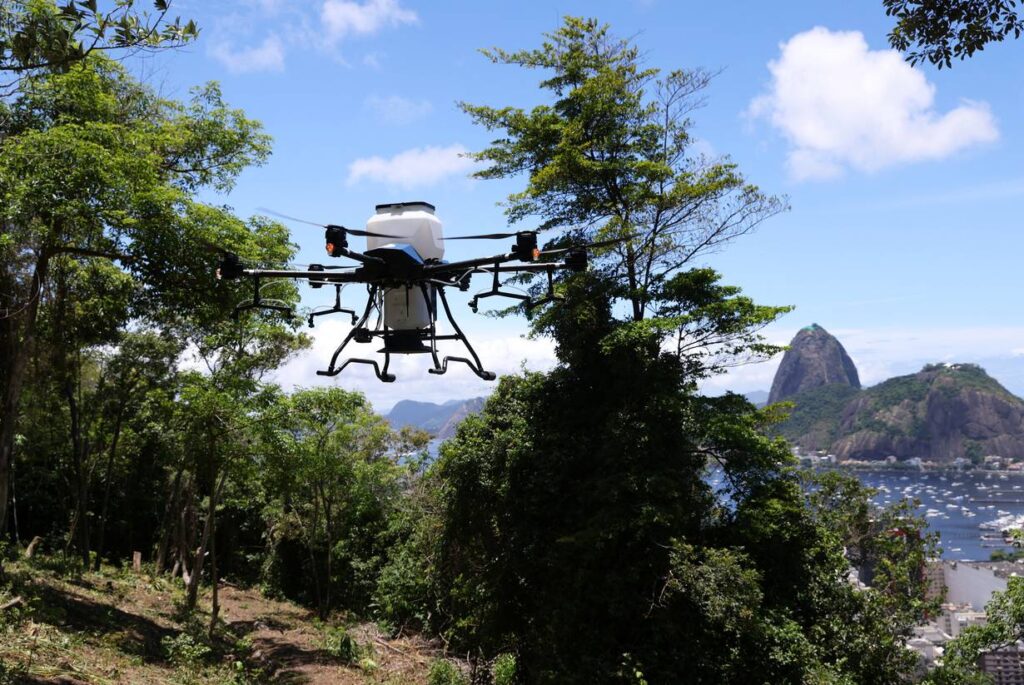
In the Philippines, numerous institutions and programmes endeavour to provide pro bono legal assistance to the underprivileged, including the Public Attorney’s Office (PAO), Free Legal Assistance Group (FLAG), Alternative Law Groups (ALG), and the Clinical Legal Education Program (CLEP) in local law schools.
Recent developments highlight efforts to move even further in the right direction. Supreme Court Chief Justice Alexander Gesmundo has proposed a five-year strategic plan to provide equal access to justice in real time[1] by utilising the CLEP to give law students an experiential education to better equip them for practice, and reviving the Legal Aid Program of the Integrated Bar of the Philippines (IBP).[2] The IBP is also formulating the Unified Legal Aid Services Rule (ULAS), which aims to institutionalise mandatory pro bono work.[3] The ULAS seeks to classify law firms by size and lawyers by seniority or years of experience, with bigger firms and more junior lawyers being mandated to render more hours.[4]
Nonetheless, pro bono legal assistance continues to be relatively inaccessible in the country due to a multitude of factors.[5]
One often overlooked aspect is the perception that lawyers and law firms have of pro bono work. Although most, if not all, Philippine law firms perform some pro bono work, lawyers may lack a strong individual commitment to do it, and law firms may not have systems to implement pro bono programmes.
For the successful implementation of a pro bono programme, a law firm must provide the framework to develop and cultivate commitment from lawyers to do pro bono work. Law firms must also provide the institutional mechanisms to support and promote pro bono work. In this way, lawyers will know that their law firm places immense importance on pro bono work. The lawyers will also understand why they should engage in pro bono work and why they should give it the same respect as revenue generating work.
A Philippine law firm wishing to implement a pro bono programme may consider doing the following:
- Formalise its commitment to pro bono work in law firm documents, such as: (a) mission and vision statements; (b) pro bono policy; (c) sustainability policy, which may cover not only pro bono work but broader issues of corporate social responsibility; (d) the firm’s strategic plan, which can describe the firm’s pro bono goals and the metrics that will measure whether the law firm achieved the targets;
- Create a pro bono committee (or appoint a pro bono champion) to plan and implement the firm’s pro bono program;
- Recognise the partners and associates who have done meaningful pro bono work for clients.
- Showcase and highlight pro bono work in internal and external communications.
The implementation of a pro bono programme also requires a constant source of pro bono work. SyCipLaw is a proud member of TrustLaw, which has been a great source of pro bono work.
[1] Chief Justice Alexander Gesmundo, “Keynote Speech,” ABA ROLI 2nd Philippine Pro Bono Summit (Manila, Philippines), December 2, 2021; CJ Gesmundo Bares the Judiciary’s Projects on Legal Aid Service. Retrieved from: https://sc.judiciary.gov.ph/23104/ last accessed Aug. 1, 2022.
[2] Ibid.
[3] ABA ROLI’s ACCESS Program Holds Second Annual Pro Bono Summit to Promote Pro Bono Lawyering. Retrieved from: https://www.americanbar.org/advocacy/rule_of_law/blog/roli-philippines-pro-bono-summit-2021/ last accessed Aug. 1, 2022.
[4] Atty. Eric C. Alajar, “Salient Provisions of the Proposed Unified Legal Aid Service (U-LAS),” ABA ROLI 2nd Philippine Pro Bono Summit (Manila, Philippines), December 2, 2021. The cases that junior lawyers may handle may be limited as compared to more experienced lawyers.
[5] Aurora E. Bewicke, Asian Developments in Access to Counsel: A Comparative Study, 10 NW. U. J. INT’L HUM. RTS. 27 (2011). Retrieved from: http://scholarlycommons.law.northwestern.edu/cgi/viewcontent.cgi?article=1124&context=njihr
last accessed Aug. 1, 2022; Latham & Watkins LLP, Pro Bono Practices and Opportunities in the Philippines (2015). Retrieved from https://www.lw.com/admin/Upload/Documents/Global%20Pro%20Bono%20Survey/pro-bono-in-the-philippines.pdf last accessed Aug. 1, 2022.
More Impact Stories
View All Impact Stories
The value of pro bono for media: Women’s Voices Now
Women’s Voices Now (WVN) is a US-based non-profit…

The value of pro bono for media: InSight Crime
InSight Crime is an award-winning non-profit newsroom that seeks to…

Conservation, Health, and Community: The Legal Lifeline Boosting Uganda’s Wetlands and Wellbeing
This impact story is part of a series to celebrate the extraordinary pro bono projects…

Advancing Inclusion: The Pro Bono Journey Toward Empowering Asia’s Rainbow Families
This impact story is part of a series to celebrate the extraordinary pro bono…

Legal Lifelines: How Pro Bono Legal Support is Paving the Way for Decriminalising Suicide Worldwide
703,000 people die by suicide every year – one person every 40 seconds. And for every…

Navigating Drone Laws: How the Power of Pro Bono is Supporting Global Reforestation
This…

Understanding Secrecy Laws: A Pro Bono Collaboration Looking at Press Freedom Legislative Reform in Australia
This impact story is part of a series to celebrate the extraordinary pro bono projects…

Green Justice: How Pro Bono Legal Work is Shaping the Future of Recycling in Latin America
This impact story is part of a series to celebrate the extraordinary pro bono…

Digital Shadows: Spearheading Legal Reforms Against Online Sexual Abuse in Kenya
This…

Boardroom Breakthrough: The Push for Disability Representation at the Top
This impact story is…


